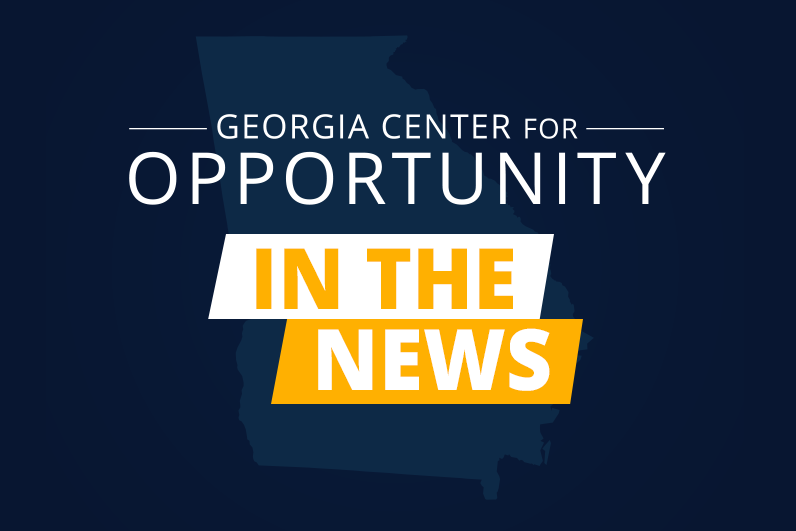We’ve seen some back-to-back encouraging news within the last few weeks. The Employment Situation Report for July showed that the United States finally recovered the number of its lost jobs from the start of the pandemic, and the Consumer Price Index (CPI) inflation rate for July was essentially zero. But digging a little deeper to put the news into perspective reveals real concerns that stagflation will not end anytime soon.
The States Who Are Driving the Job Recovery
On the jobs front, yes, it’s true we’ve recovered the number of lost jobs benchmarked to February 2020 before the drastic impact on the labor market from COVID-19. This indicates we’re on the mend, but the job recovery process has not been the “V” shape hoped for at the beginning of the pandemic, one that would have meant a robust job recovery.
Two-and-a-half years later, the civilian non-institutionalized population base that feeds the labor force grew by 4.8 million. Our own ARIMA Model job forecast shows we are approximately 5.8 million jobs short of where we would have been had the pandemic not happened.
But this is not the case for all 50 states. Astoundingly, four states—Montana, Utah, Idaho, and Wyoming—have matched or nearly matched their pre-pandemic ARIMA Model forecasts, effectively eliminating any impact from the pandemic on the number of lost jobs.
In the meantime, the national job recovery to pre-pandemic levels is driven probably by just 15 states who already recovered their number of lost jobs prior to the nation as a whole. These states are Utah, Idaho, Texas, Montana, North Carolina, Georgia, Florida, Tennessee, Arizona, South Dakota, Colorado, Arkansas, Indiana, and Nevada.
As of June, the remaining 35 states and D.C. have not recovered the number of lost jobs. We have to wait another week before we know whether another state slipped onto the list of leading states that helped tip the balance for the national July data.
According to our analysis, a common feature of the leading states is that they tend to have policies that value economic freedom more than the other states do. Incidentally, and for explanatory reasons and not for the purpose of getting political, all but three of the 15 leading states have given political control to the governor’s office and both chambers of the state legislature to the Republican Party.
Jobs Versus People Employed
One problem with job data is that the dataset allows for double counting. If we want to count the number of people employed, it paints a different picture.
The Current Population Survey shows the U.S. is still more than half a million workers short when compared to February 2020. In fact, we had fewer employed persons in July than March of this year, using seasonally adjusted data.
The reason is that the labor force has shrunk despite population growth. This can be seen with the 62.1% labor force participation rate that is more than a percentage point below where it stood in February 2020.
This means that the 3.5% unemployment rate—which now matches its pre-pandemic level—is misleading. The shrinkage of the labor force is distorting the meaning of the metric.
Taken together on a national scale, jobs have recovered but the number of employed persons has not. This can mean only one thing. More people are working multiple jobs to make ends meet.
Inflation versus the Price Level
July’s CPI ever-so-slightly decreased. It ticked down 0.2% at an annualized rate–a welcome change from the past 25 months. Just to keep this in perspective, the price level nonetheless increased 14.1% since the start of the pandemic. But there is no need to tell this to average consumers who have been feeling it in their pocketbooks.
Disturbingly, the Federal Reserve shows no interest in doing something about the elevated price level–and who isn’t even discussing it. Its stated goal remains the same–to reduce inflation to its 2% target, meaning it will take steps to prevent the price level from coming back down. This bad policy goal will burden the working class and the poor and retired persons the most.









